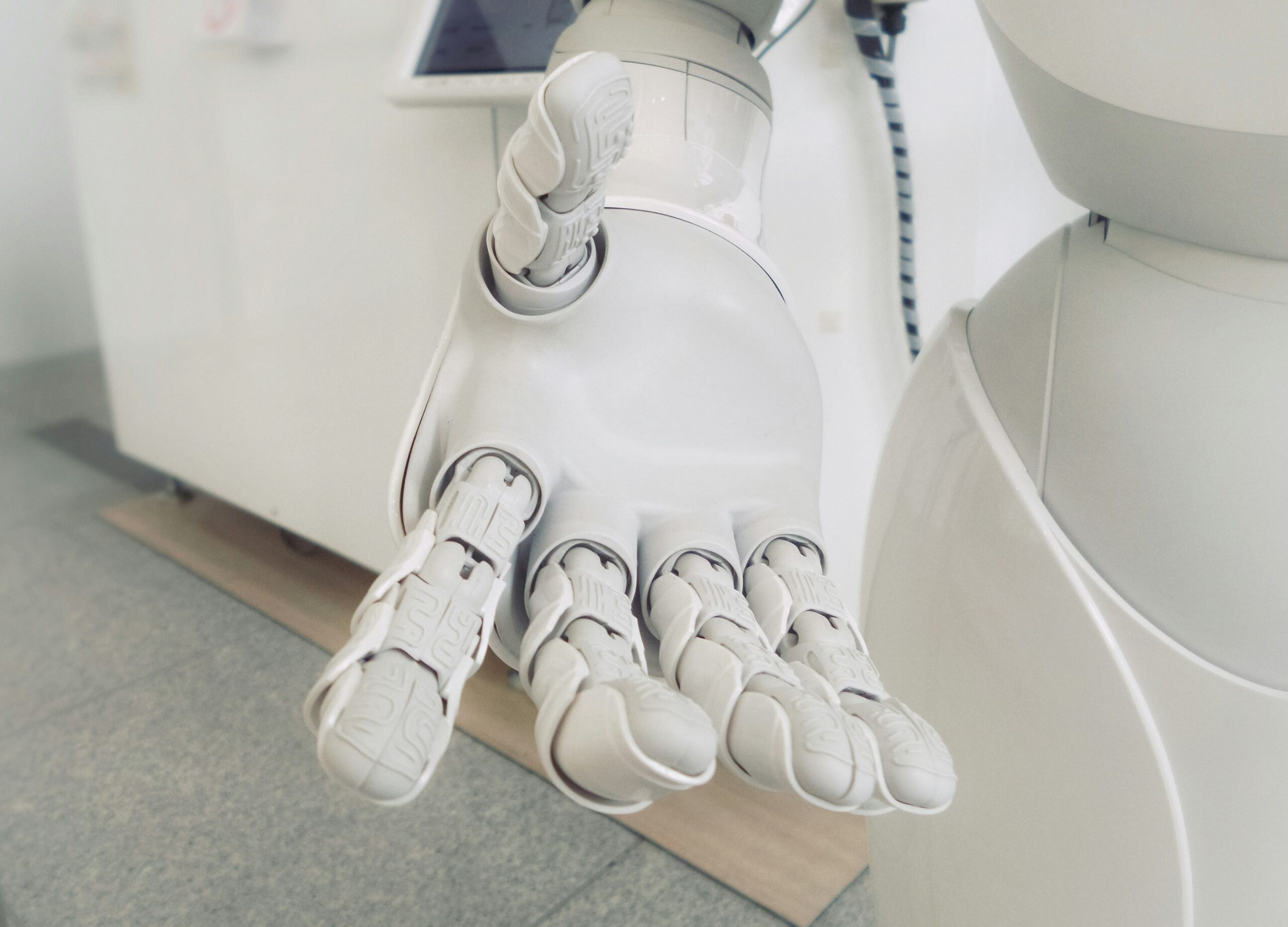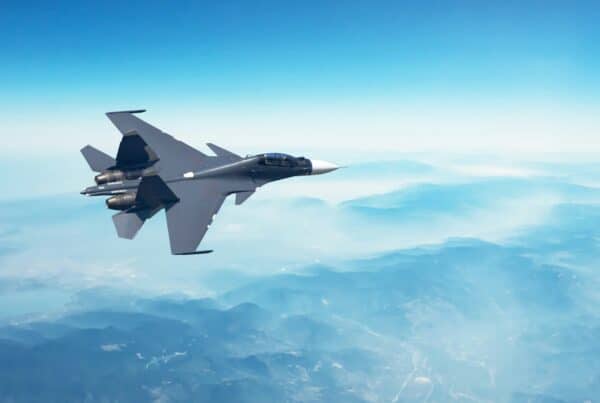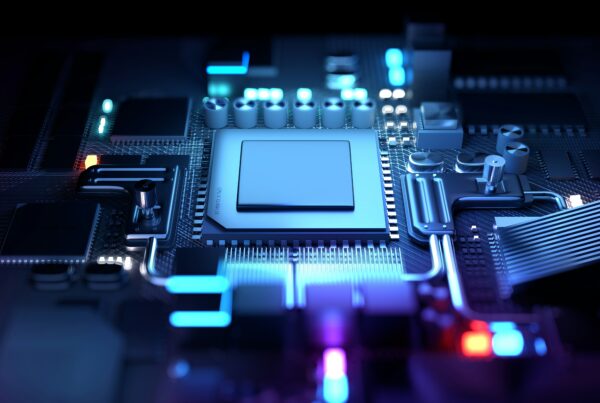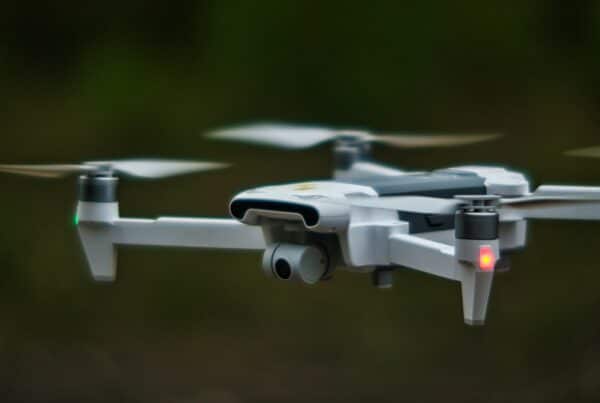Modern vs Classical Perception in Robotics: A Balanced View
As autonomous systems become more capable and widespread, their ability to perceive and understand the world is central to safe and effective operation. This perception is typically achieved through computer vision – a field that has undergone a significant shift over the past decade. While modern techniques powered by deep learning dominate current research and deployment, classical methods still hold considerable value. Understanding both is essential when designing robust robotic systems.
Classical Perception: Rule-Based and Interpretable
Classical computer vision relies on well-defined algorithms grounded in geometry, linear algebra, and image processing. Techniques such as edge detection, feature extraction (e.g., SIFT, ORB), stereo vision, optical flow, and structure-from-motion are built upon hand-crafted models and mathematical reasoning.
Benefits in Robotics:
- Interpretability: Outputs are generally explainable and traceable, aiding in debugging and validation – particularly important in safety-critical applications.
- Determinism: Results tend to be consistent under known conditions, making them reliable for real-time systems with strict latency requirements.
- Efficiency: Classical methods are often less computationally intensive, well-suited for embedded systems with limited hardware.
However, these methods tend to struggle with variation — changes in lighting, texture, or unexpected objects can degrade performance significantly.
Modern Perception: Learning-Based and Data-Driven
Modern perception leverages deep learning, particularly convolutional neural networks (CNNs) and transformers, to infer meaning directly from raw sensor data. Tasks such as object detection, semantic segmentation, and depth estimation can now be approached using large-scale supervised or self-supervised learning.
Benefits in Robotics:
- Robustness to Variation: Learning-based models generalise better across different environments, lighting conditions, and sensor noise — a major advantage in dynamic real-world settings.
- High-Level Understanding: These systems can move beyond geometry to recognise objects, intentions, and context, enabling more sophisticated decision-making.
- Rapid Improvement: Advances in neural architectures and training techniques are pushing the boundaries of what is possible, particularly in areas like 3D scene understanding and multi-modal fusion.
That said, modern methods can be opaque, data-hungry, and computationally demanding. Their performance also heavily depends on training data, and generalisation to unseen conditions remains a challenge.
Striking the Right Balance
In practice, successful robotic systems often combine both approaches. For instance, classical SLAM techniques might provide geometric consistency, while deep networks supply semantic context. This hybrid approach allows developers to leverage the strengths of both paradigms: precision and reliability from classical vision, and flexibility and abstraction from modern perception.
Conclusion
Perception is not a binary choice between classical and modern techniques. Each brings distinct advantages depending on the task, environment, and system constraints. As autonomy continues to mature, the most capable robots will be those that integrate the interpretability of classical vision with the adaptability of modern learning — drawing from both the past and the future to perceive the world effectively.
If you’re looking at enhancing your perception capabilities through utilising both classical and modern learning-based techniques, reach out to david@akkar.com to help you find secure the best talent in the market.









